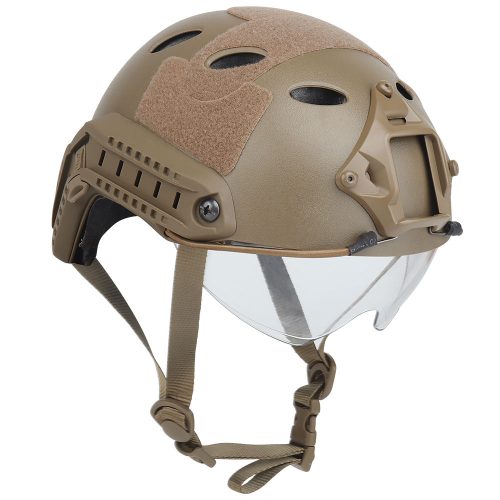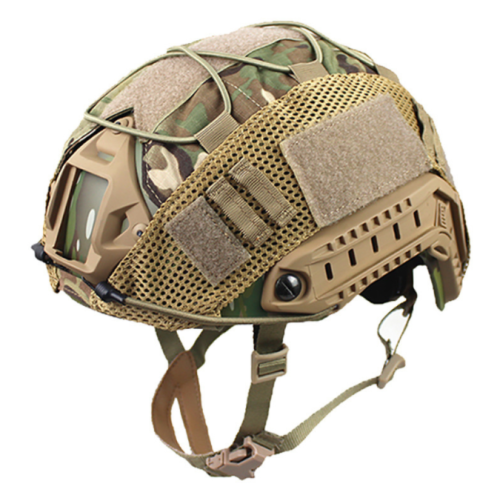Setting a good example when it comes to helmet safety is essential, especially for children, as it instills healthy habits and emphasizes the importance of safety. Whether you’re a parent, guardian, teacher, or any adult responsible for children’s well-being, here are some tips for setting a positive example regarding helmet safety:
- Always Wear Your Helmet: Whenever you engage in activities that require a helmet, such as cycling, skating, or motorcycling, make sure you always wear your helmet. Children are more likely to follow your lead when they see you prioritizing safety.
- Explain the Importance: Talk to your child about why helmets are crucial for safety. Explain the potential risks and how helmets help protect the head in case of falls or accidents.
- Wear Helmets Together: Make it a habit to wear helmets together when engaging in activities as a family. This reinforces the idea that helmet use is a family rule and not just something for kids.
- Choose the Right Size: Ensure that both your helmet and your child’s helmet fit correctly. Show your child how to adjust the straps and any retention systems to achieve a snug and secure fit.
- Emphasize Consistency: Make it clear that wearing a helmet is not negotiable. Consistency is key to developing good habits. If they see you consistently wearing a helmet, they’ll be more likely to do the same.
- Praise Responsible Behavior: Praise and reward your child when they wear their helmet without being reminded. Positive reinforcement can be a powerful motivator.
- Explain Consequences: Discuss the potential consequences of not wearing a helmet, such as head injuries, concussions, or the need for medical treatment. Make it clear that these outcomes can be avoided by wearing a helmet.
- Be a Role Model in Traffic Safety: When cycling or riding with your child in traffic, demonstrate responsible behavior, such as obeying traffic laws and signaling turns. Explain why these actions are essential for safety.
- Check Helmets Together: Regularly inspect and maintain your helmets. Teach your child how to check for signs of wear and tear and explain that helmets need to be replaced if damaged.
- Teach Safety Rules: Ensure your child understands and follows the safety rules for their chosen activity. For example, if they’re cycling, teach them about hand signals, traffic signs, and proper riding etiquette.
- Lead by Example in Other Safety Practices: Show your child that safety is a priority in all aspects of life, not just when wearing helmets. Whether it’s seatbelts in the car, life jackets while boating, or safety gear during sports, reinforce the importance of safety consistently.
- Educational Materials: Use educational resources, such as books, videos, or websites, that emphasize the significance of helmet safety for kids. Make learning about safety fun and engaging.
Remember that the example you set will have a lasting impact on your child’s attitude toward safety. By consistently demonstrating the importance of wearing helmets and adhering to safety guidelines, you not only protect your child but also empower them to make responsible safety choices in the future.


